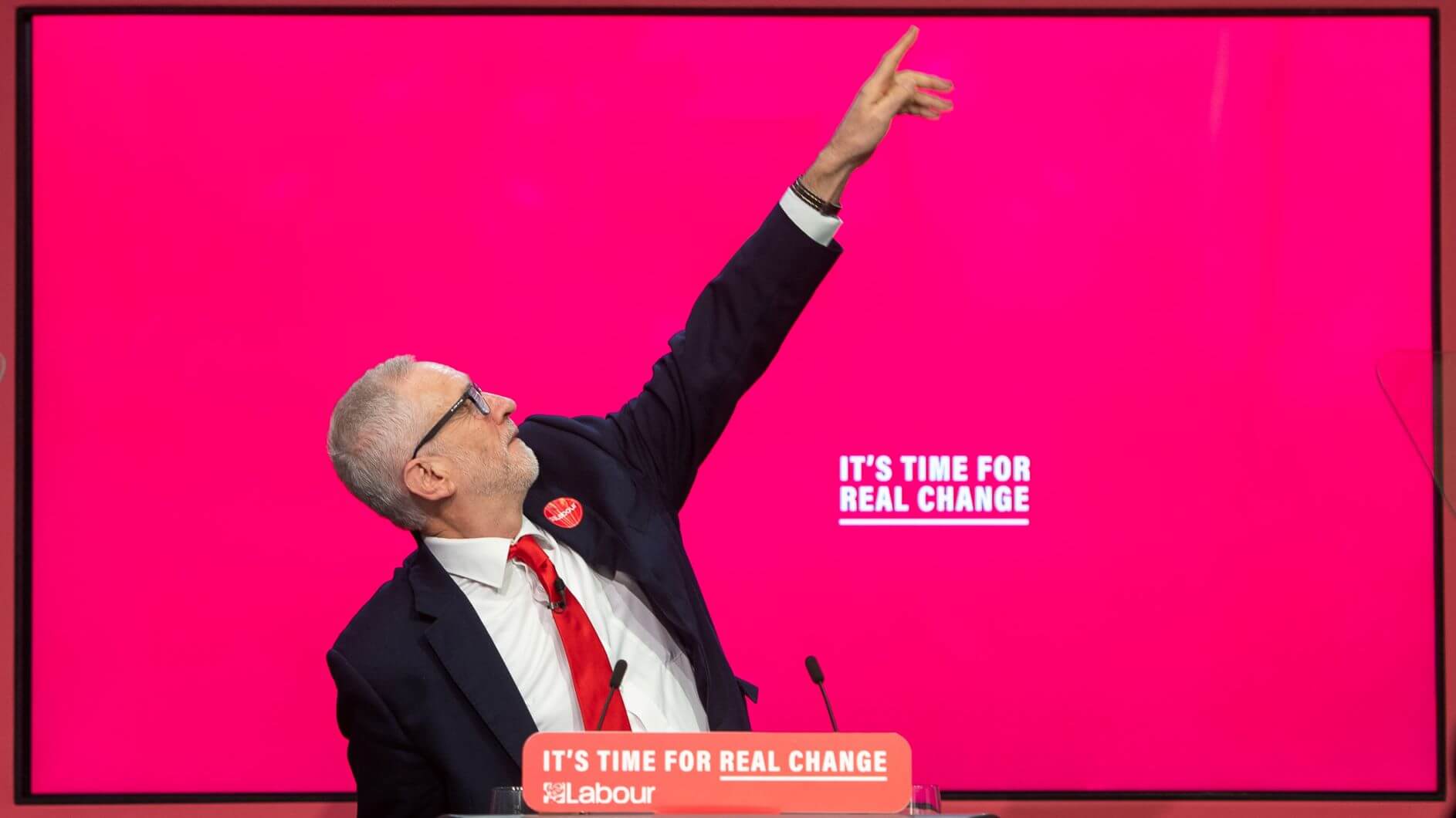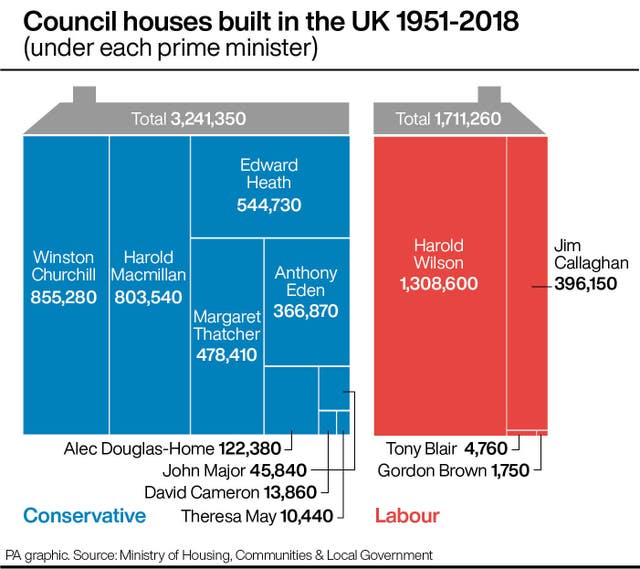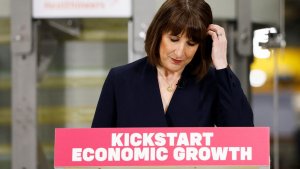The party has announced spending pledges worth £83 billion along with billions of extra long-term investment in its election manifesto.
Do Labour’s Manifesto Spending Plans Add Up?
The party has announced spending pledges worth £83 billion along with billions of extra long-term investment in its election manifesto.

Self-styled “radical and ambitious” plans tend to always come with a cost.
So how is Labour planning to fund its manifesto commitments – and do the sums add up?
Here is a pledge-by-pledge look at where the money is going and how it is going to be paid for.
– How much is the public sector investment costing?
Labour has committed the government to paying for a lot more when it comes to scrapping university tuition fees, providing more cash for healthcare and funding free television licences for over-75s.
The pledges, according to the party’s own figures, are estimated to cost up to £83 billion.
Abolishing tuition fees and re-establishing maintenance grants alone would cost £13 billion, while rolling out free personal care for all over-65s would cost £10 billion.
The 4.3% annual budget rise for the NHS would see Labour spend a bit more than the Conservatives – 2.3% overall.
The Institute for Fiscal Studies (IFS) worked out that spending under a Jeremy Corbyn-led administration would increase NHS funding by an additional £3.2 billion in real terms over four years, reaching £143.5 billion in 2023/24.
– How will this be paid for?

According to shadow chancellor John McDonnell’s “grey book”, outlining how much each funding pledge will be funded, that investment will come from tax hikes on the wealthy and big businesses.
Additional income tax paid by those earning more than £80,000 and a hit on those classified as “super-rich” – earners taking home more than £125,000 – would rake in £5.4 billion and corporation tax changes, upping it from 19% to 26%, would raise almost £24 billion.
Other incentives, such as reversing Tory tax cuts, hammering down on tax evasion, and imposing VAT on private schools, would bring that pot up to the required £83 billion, according to Mr McDonnell’s workings.
– Do the numbers stack up?
Paul Johnson, director of the IFS, said it was “quite doubtful” Labour would be able to raise around £80 billion from tax rises.
About half the proposed £83 billion for extra day-to-day spending is set to come from slapping further taxes on big businesses and multinational corporations.
But Mr Johnson told Sky News: “Whether you can get this amount of money, either from businesses or from rich individuals, or from the other changes they’ve got, I think is quite doubtful.”
He said the numbers produced by Labour on how much it could squeeze out of higher earners were “optimistic but not absurdly optimistic”.
“Even if it gets you more money, that can be at the cost of people moving abroad or doing other things to reduce their tax payments,” he warned.
– Weren’t there even more investment plans in the manifesto?
Correct – and that is where borrowing comes in.
Labour has pledged to renationalise or introduce a publicly owned company in a host of sectors, including rail, mail, energy and internet broadband.

The grey book does not set out how these government takeovers would be funded, although the cost of acquiring BT Openreach, the company currently tasked with rolling out high-speed broadband across the UK, has previously been estimated at £20 billion.
The 105-page manifesto also pledges that a left-wing administration would build 150,000 homes every year if elected, with 100,000 built by councils.
That investment is set to come out of the party’s £150 billion “social transformation fund” that would pay towards upgrades for schools and hospitals, as well as moving the investment arm of the Treasury to the north of England.
Much of the money would be allocated over a five-year period and half of the pot – £75 billion – would go towards paying for the proposed housebuilding boom.
The fund, according to Labour’s Treasury team, would be created by borrowing while interest rates are at an all-time low.
Critics, however, point to a similar public borrowing scheme in Italy which caused bond rates to increase above accepted EU rates.
– And what about the green agenda?
The leadership has set out proposals for a so-called “green industrial revolution” that is designed to create one million jobs and another 800,000 apprenticeships in the UK, with the aim of shifting industry, home gas and electricity, transport, agriculture and construction on to renewable energy modes.
That too would be paid for through borrowing, along with an £11 billion windfall tax on the oil and gas sector – a move only announced on Thursday.
A “green transformation fund”, worth £250 billion, would be focused on upgrading energy and transport networks to help Britain meet its tight decarbonisation targets.
The manifesto states a Labour government would “aim to achieve the substantial majority of emissions reductions” by 2030.
The green fund would include providing loans for people to buy electric cars, investment in wind farms and grants for home insulation.
The social and green transformation funds combined would take borrowing to an extra £55 billion per year, on top of the current Government levels of £47 billion of borrowing in 2019/20.
The IFS said Mr McDonnell’s spending plans would bring the state’s financial outlay to a “level unprecedented since the very different era of the 1970s”.
Patrick Daly is PA Political Correspondent.
Thanks for signing up to Minutehack alerts.
Brilliant editorials heading your way soon.
Okay, Thanks!

